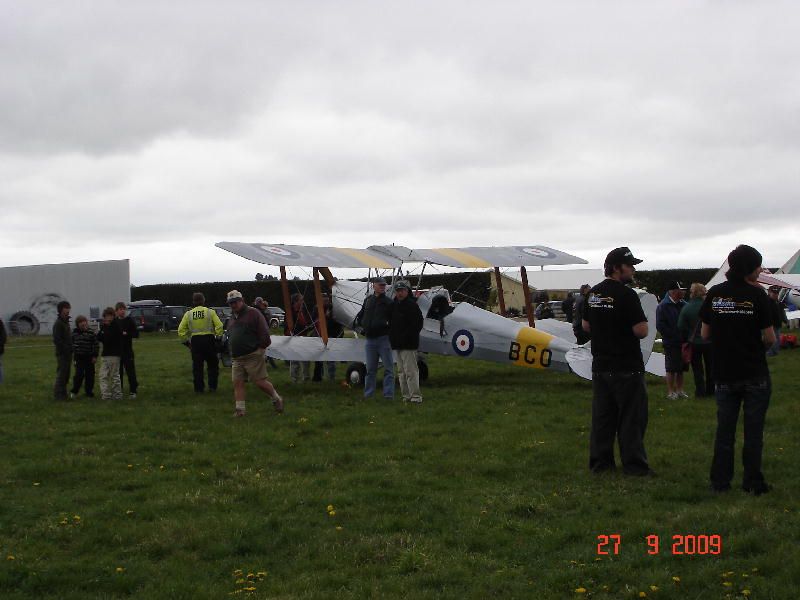If you have a selection of known sizes /threads, (one of each) they can be used as rough and ready thread gauges. But beware of mixing Unified and Whitworth form threads. They may be the same pitch (tpi) but the different thread form will cause jamming. BA has a lot of commonality with Metric, but again, the thread form is quite different.
As a desperate measure, check using a tap or a Die, but be VERY careful, if it starts to cut, STOP, it isn't what you thought, (unless its been damaged)
Once you have sorted out your hardware, store in labelled containers, (as a minimum "Whit"," BSF", "BA", "UNF", "UNC", "Metric", etc). Even better if you can store as individual sizes.
Be aware that the hexagon sizes for Whitworth form threads were reduced, to save material, during WW2.
So that the prewar BSF hexagon size became the postwar BSW.
And you will come across oddball fixings and/or mixed hardware on machinery.
On the Bristol RE bus/coach, (Standardised on Unified fixings) the bolts holding the clutch pressure plate to the flywheel had A/F heads, but were BSF threads to suit the Gardner engine which still used Whit form.
C A V DPA fuel pump parts were dimensioned in Metric, but were Unified form, (UNF and UNEF) initially being a Hartford Machine Screw design produced under licence. C A V had started as Bosch licencees, so standardised drawings on metric dimensions.
At one time, prewar Morris cars, used engines made on the continent, with metric fixings, whilst the chassis used Whit form fixings.
Leylands changed from Whit form to Unified, so that the Leopard chassis used Unified fixings, but the 0600 or 0680 engines, being an older design, were to Whit form standard for fixings. The engine was mounted to the Unified standard chassis by mounting brackets using Whit form hardware. When the 500 Series engine (A new design to metric standards) was introduced, no doubt it would have been possible to find all three thread forms on one vehicle!
Possibly, the same situation existed when A E C introduced their metric standard V8 into existing lorry chassis.
So my advice is to check before using, and if it seems sticky or tight, don't force it, the threads are probably not the same.
Howard
 Richard S2.
Richard S2.






